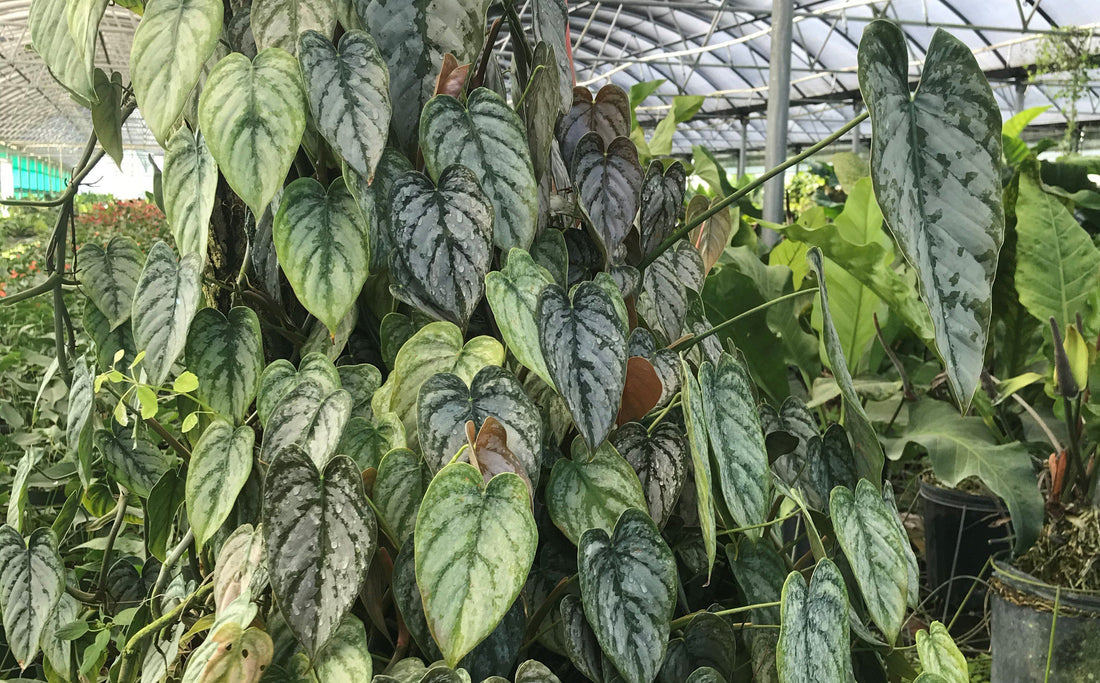Philodendrons are one of the most common houseplants. They're easy to care for, and grow quickly. There are vining philodendrons and self-heading ones - both of which can be considered climbers and grow well with moss poles, trestles, or wooden planks.
GENERAL CARE
LIGHT
Place in low to bright indirect light. Avoid direct light, as this can scorch the leaves.
WATER
Water once a week or when the top 2-3" of soil feel dry to the touch. Leaves will droop when they're thirsty, but should perk up shortly after watering if you don't wait too long.
FEEDING
Use diluted plant food once a month in the spring and summer. Avoid plant food in the fall and winter when the plant goes dormant. If you've recently repotted, wait ~6 weeks before feeding.
TOXICITY
These plants are toxic, so keep out of reach of pets and small children.
Care instructions are usually consistent for all philodendrons, but we always recommend researching your specific plant to make sure you get it right the first time.
COMMON ISSUES
A common issue that philodendron owners come by is yellowing leaves. This is usually due to inconsistent watering, so make sure you maintain a regular watering schedule. They can also turn yellow if they're exposed to
tap water or haven't been repotted in 12-18 months.



